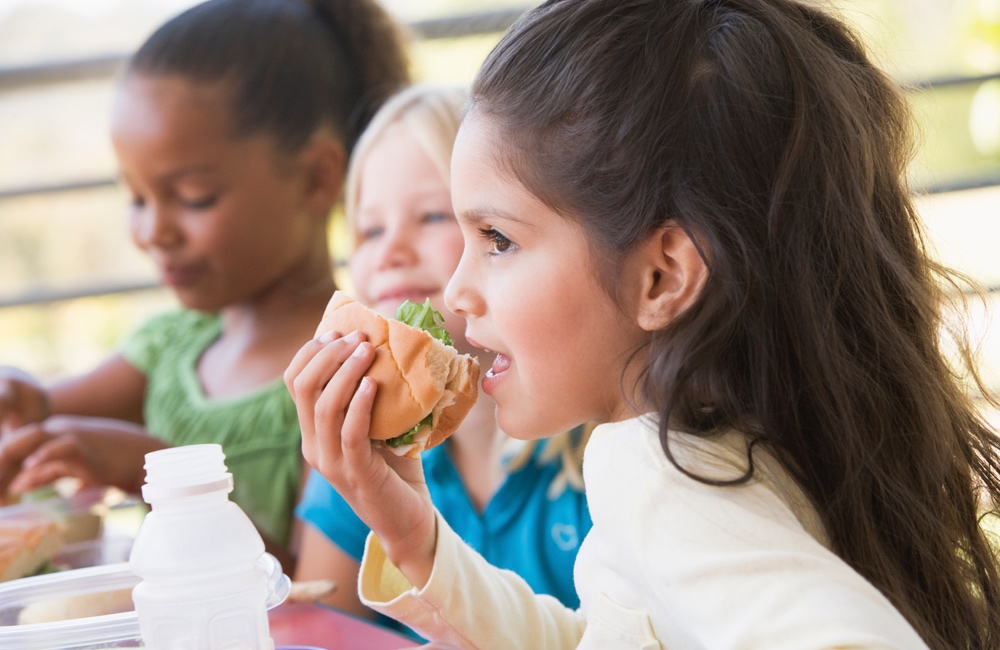Parents who pack lunch for their children often do it because they want to know what their kids are eating and to make sure they're getting good food. But a British study finds that school lunches brought from home fail the nutrition test more often than not, and that school lunches offer better nutrition than parents might imagine. Less than two percent of packed lunches in the United Kingdom meet nutrition guidelines, according to the study, suggesting that work needs to be done to make sure that kids' lunches add to their overall nutrition.
It’s not just British parents who struggle with packing healthy lunches for their kids. Parents in the U.S. face the same issues. Trying to balance what kids want and will eat with what their bodies need is not easy.
Researchers at the University of Leeds compared the nutritional quality of lunches brought from home in several elementary schools in 2006 and again in 2016. Information was collected from children between the ages of eight and nine. While there were a few improvements, the results were underwhelming.Packed lunches also did not meet the guidelines for calcium. Many children did not have any dairy foods in their lunch.
The inclusion of fruits and vegetables remained “stubbornly low”, the researchers said. That, plus a lack of fresh meats and fish meant that home made lunches were low in vitamins A and C and zinc.
Packed lunches also did not meet the guidelines for calcium. Many children did not have any dairy foods in their lunch.
Ham remained the most common sandwich filling in the UK. Plant-based fillings like hummus or vegetable spreads were found in less than one percent of packed lunches.
There are nutritional standards for the lunches served in schools both in Great Britain and in the United States, but those standards don’t apply to lunches brought from home. Students who bring a packed lunch have a greater chance of not getting enough nutrients compared to students who eat school lunch.
Hectic schedules and picky eaters mean parents are likely to grab what’s on hand and what they think their child will eat, put it in a lunch box and consider it done. Until changes in school lunch policy or the food industry occur, it falls on parents to pack a healthy lunch for their children. That means planning to buy foods you can pack for lunch before you shop. Try some different foods, in addition to the old standbys. And think about ways to present lunch foods that are easy to eat and look like fun.The amount of sugar in two-thirds of lunches brought from home was still higher than recommended.
Here are some ideas to try with your child:
The study is published in BMJ.





